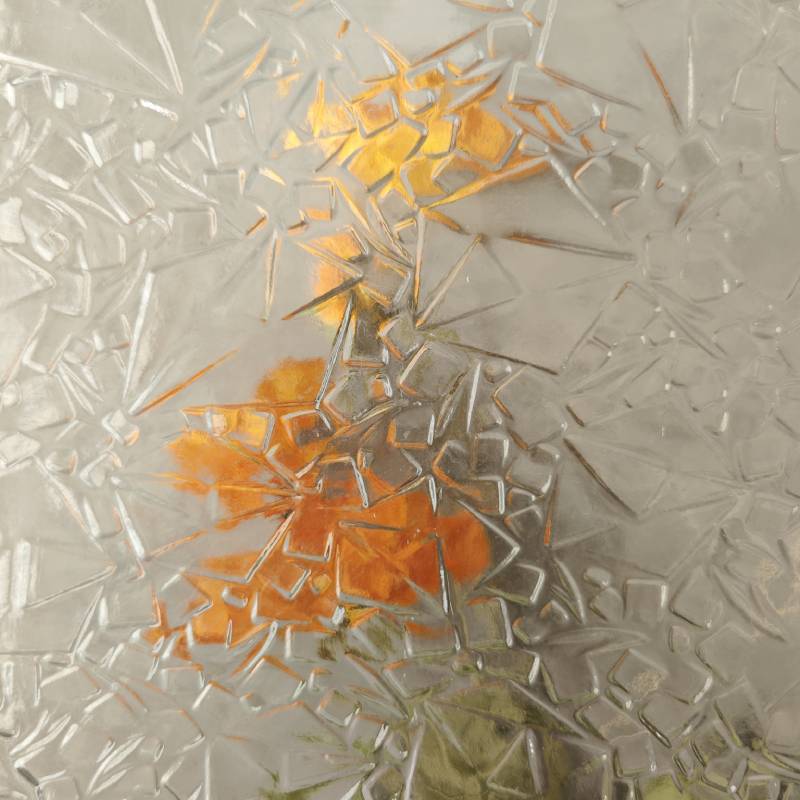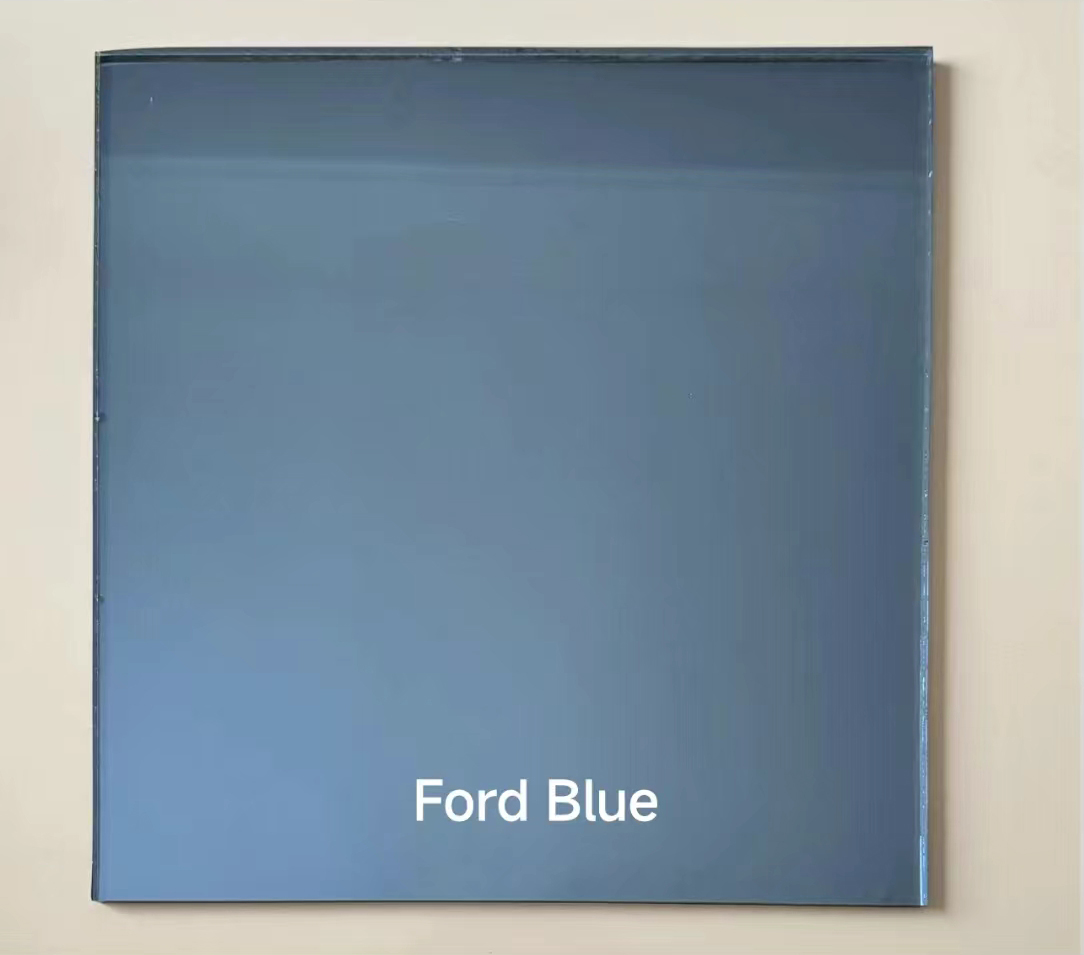Tinted glass has become a staple in both residential and commercial settings, offering a blend of style, privacy, and thermal efficiency. Understanding the different types of tinted glass can help consumers make informed decisions about which option best suits their specific needs. Let's explore some of the most popular types of tinted glass, each boasting unique features and benefits.

One of the most common types of tinted glass is dyed glass. Created by adding a layer of dye between layers of glass, this type is particularly popular due to its cost-effectiveness and ability to enhance the appearance of any space. Dyed glass reduces glare and can block a considerable amount of sunlight, making it an energy-efficient choice for moderating indoor temperatures. However, the dye can fade over time, potentially reducing its effectiveness.
Reflective glass, often used in office buildings and skyscrapers, is another prevalent type. Coated with a thin layer of metallic oxide, reflective glass can significantly reduce heat ingress and glare while also boosting privacy, as it enables occupants to see outside without others seeing in during daylight. This mirrored facade not only contributes to energy savings but also lends a modern, professional appearance to buildings.

Ceramic tinted glass is gaining traction due to its superior durability compared to other types. Infused with ceramic particles that are stable and long-lasting, this glass type offers excellent protection against UV rays and minimal signal interference for electronic devices, a common issue with metallic coatings. Ceramic tint does not fade over time, maintaining its aesthetic appeal and functional benefits for years.
Metalized or metallic window films are another type of tinted glass that integrates layers of metal into the glass or onto its surface, creating a highly efficient barrier against solar heat. While excellent for energy savings and reducing heat, the metallic nature can sometimes impede wireless and cellular signals. Nonetheless, it remains a preferred option for those prioritizing energy efficiency and enhanced privacy.
types of tinted glass
An emerging trend in the world of tinted glass is smart or electrochromic glass, which can change its tint dynamically in response to electrical charges. This innovative solution allows users to control light and heat ingress precisely, offering unparalleled flexibility and energy savings. Although more expensive than traditional tinted glass options, its ability to adapt to varying lighting conditions without physical adjustment makes it a desirable choice for modern, tech-savvy homes and businesses.
Low-E (low emissivity) glass also deserves mention, as it incorporates a microscopic, thin layer of metal oxide on one surface of the glass. This type of glass is engineered to reflect heat while allowing natural light to filter through, providing excellent thermal insulation. It helps reduce heating and cooling costs while protecting furniture and floors from sunlight-related fading—a critical factor for maintaining interior aesthetics over time.
Finally,
security tinted glass blends functionality with safety. This type often involves laminated glass with an added tint, thus combining the benefits of solar control with increased protection from shattering. This makes it ideal for environments requiring higher safety standards, such as schools and banks.
Selecting the right type of tinted glass hinges on understanding your specific requirements energy efficiency, privacy, durability, aesthetics, or security. While technological advancements continue to expand the capabilities of tinted glass, choosing a product from a reputable manufacturer with verified performance data is crucial for ensuring long-term satisfaction.
When procuring tinted glass, look for certifications or endorsements that can testify to its energy-efficient properties, UV protection capabilities, and overall safety features. Consulting with professionals can also provide valuable insights, ensuring the chosen glass type aligns with both functional and aesthetic goals. As architectural and environmental demands evolve, tinted glass remains a versatile and efficient solution for enhancing modern living and working spaces.



